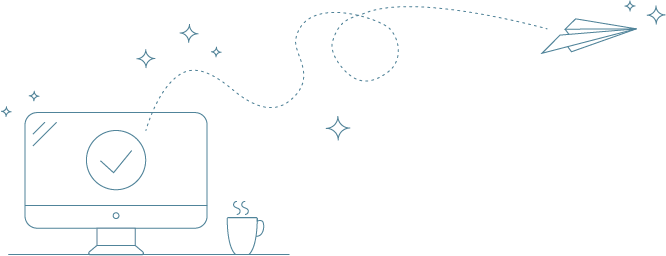Wisdom teeth are often associated with pain, they instil fear and unpleasant feelings. Despite appearances, instead of making you wise, they mean an appointment in a dental practice or surgery. Do we need to be afraid of them?
Even in our 40s
Third molars usually erupt between 17th and 25th year of life. This does not always happen, however. The teeth may erupt near the 40th year of life or not emerge at all. The causes are sought in the change of eating habits. We eat a lot of processed food; the jaw is becoming smaller and there is not enough space for wisdom teeth.
Their task is to break up the food and chew it. The jaw of our ancestors was bigger and these teeth were helpful in everyday life. Today, they barely fit in the jaw.
Problematic
Third molars may but do not have to cause problems. They are often accompanied by pain, temperature, sensitivity or inflammation. However, this does not apply to everyone. If the molars do not have room to grow, they can cause pressure and crowding of adjacent teeth. This may, in turn, lead to dental caries, formation of cysts, trismus.
Wisdom teeth usually rot out quickly. This is caused by their position in the back part of the mouth where food leftovers aggregate. Unfortunately, access to this area is difficult and the teeth are exposed to the attack of carious bacteria.
Do they need to be removed?
Removal of third molars is carried out by a dental surgeon. If the molar is impacted, so-called filing is carried out, i.e. cutting the gum and removing it from the bone. There are, however, only few cases when extraction of third molars is recommended:
- orthodontic reasons,
- bad condition of teeth making the treatment impossible,
- improper location.
After the removal of the tooth, pain and swelling may occur. To deal with this problem, cold compresses on the cheek need be applied or the patient may suck ice cubes. The patient should also refrain from smoking, drinking coffee and energy drinks, brushing the teeth in the place of extraction, drinking through a straw and blowing his or her nose for 24 hours after the extraction.
It is also advised to follow a soft diet. If the pain continues, the patient should see a doctor who will prescribe painkillers.




